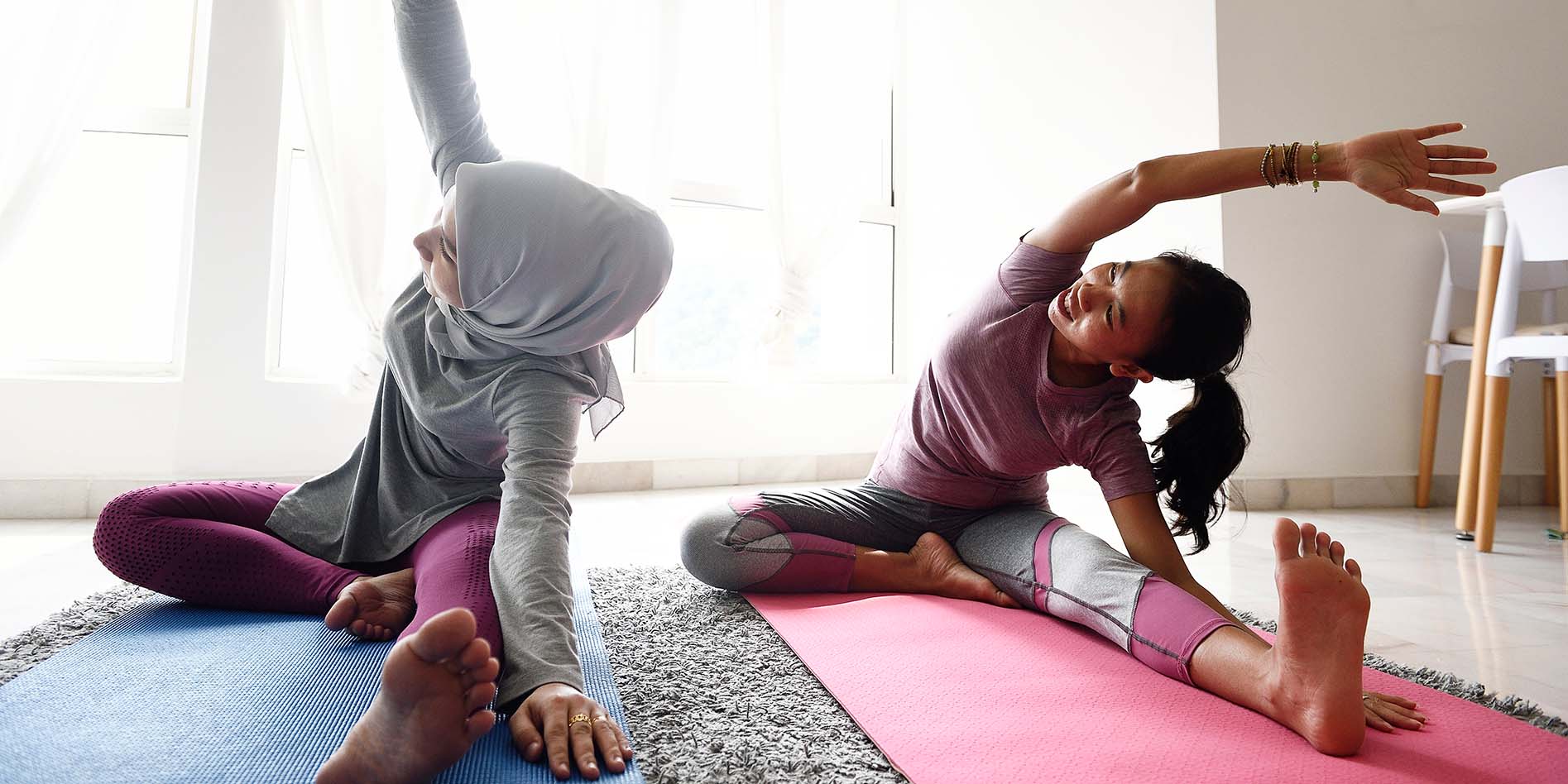Author: Flavia Nogueira
If you have a gym membership and are like most of us, you may be guilty of skipping this part or not doing it as often as you’d like. If you’re guilty of sedentarism (spending long periods of time seated or lying down), you might only do it when you yawn. We’re talking about stretching here.
For those more disciplined with their stretching, the benefits are well known. For example, Mayo Clinic says stretching increases blood flow to the muscles and can improve flexibility.
The Clinic further elaborates that this newfound flexibility has the following fabulous knock-on effects:
- Improving your performance in physical activities
- Decreasing your risk of injuries
- Helping your joints move through their full range of motion
- Enabling your muscles to work most effectively
Great, but what about building bigger muscles?
Physiotherapist and teacher at Bahia’s Federal University, Adriana Saraiva, says that contrary to popular belief, stretching can do exactly that.
“When we talk about strengthening exercises, the muscle growth is visible, it’s called hypertrophy. How the muscle grows with stretching, is that it grows in length. Stretching exercises in the long-term will make the muscles grow longer and eventually bigger”, explains Saraiva.
Sarcowhats?
This muscle growth has to do with the ‘sarcomeres’, says the physiotherapist.
“The sarcomeres are the basic contractile units of the muscle. [With regular stretching exercises] there’s an increase in their numbers, one next to the other, increasing the muscle length”, as the muscle gets longer it allows the muscles to become more substantial and flexible.
Without this, she says, “you might not be able to lift something heavy from the floor, pick up your child in your arms or simply hang your laundry to dry.” In this way stretching leads to strength and more muscle.
Fibromyalgia and endorphins
Adriana Saraiva says that there’s scientific evidence that stretching can also help to ease the pain of fibromyalgia, which is a disorder that amplifies the sensation of musculoskeletal pain in the body.
“Fibromyalgia causes chronic pain in various body areas. We call these painful points trigger points. Generally, these trigger points are painful muscular points. As the stretching exercise decreases muscular tension, it can also undo these points or even inhibit the trigger points”, says Saraiva.
The physiotherapist points out that stretching also releases endorphins.
“Stretching exercise also releases endorphins and, more than that, it creates a state of general relaxation, not only physical but also mental and respiratory. We all feel more relaxed after a stretching session”, she explains.
How often?
The American College of Sports Medicine recommends stretching exercises at least two or three times a week. And noticeable changes will only happen after three or four weeks of stretching.
Saraiva advises stretching each muscle group and holding for at least 15 seconds per stretch. The maximum time for stretching should be 60 seconds.
“If you always stretch the same part of your body, you’ll be flexible only in that area,”, she warns.
The National Institute on Aging recommends stretching when your muscles are warmed up, don’t stretch so far it hurts and always remember to breathe normally while holding a stretch.
Always consult with a health professional or a registered physiotherapist before starting any exercise routine.
